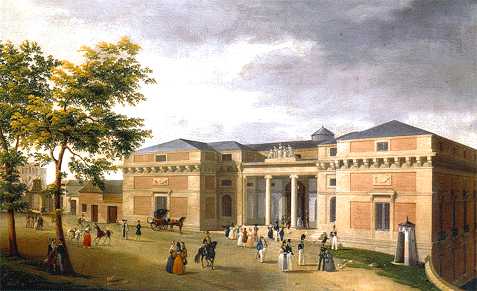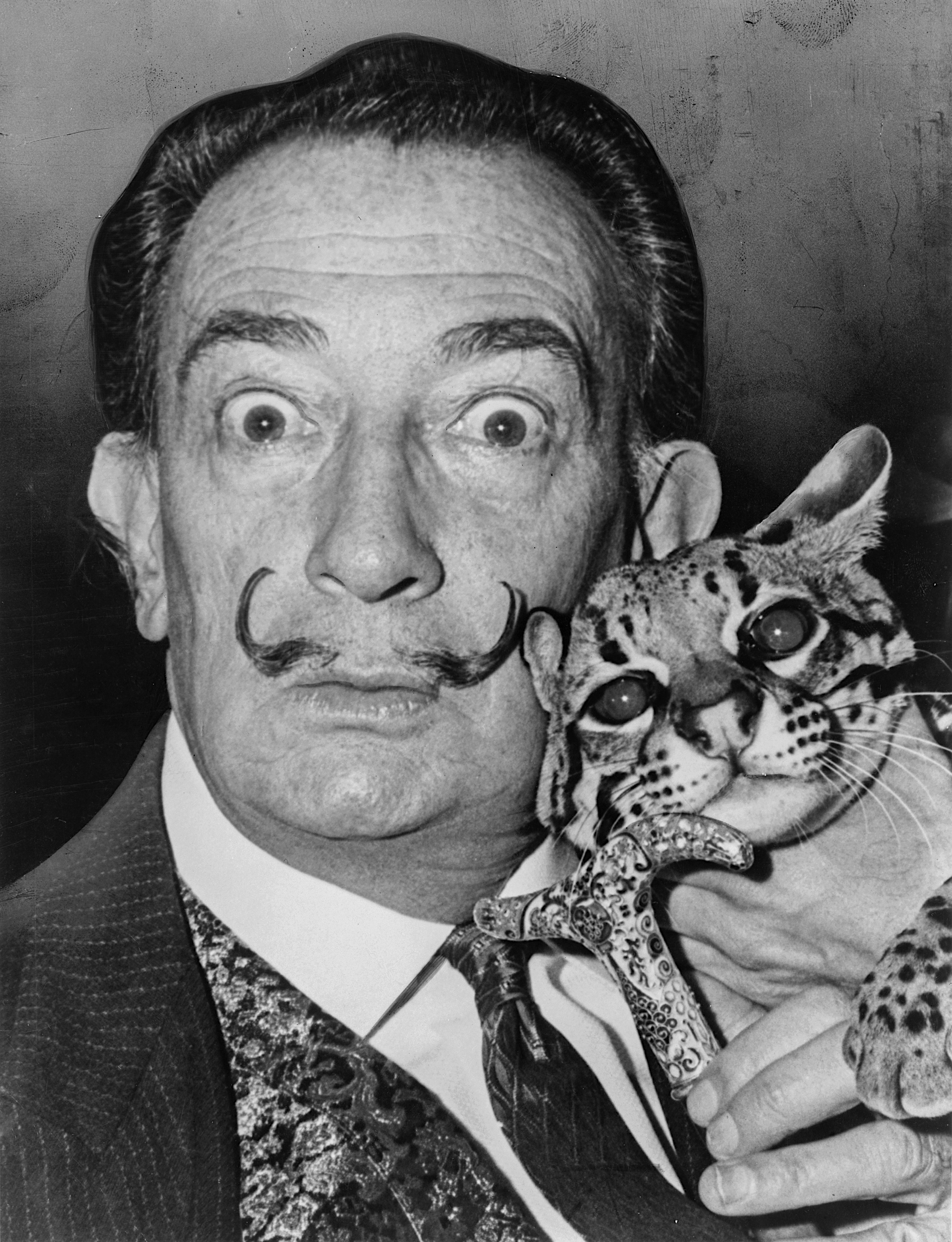Diego Rodríguez de Silva y Velázquez by Robert Bovington
Velázquez was one of the World's greatest painters and certainly the most important Spanish artist of the 17th century.
He was born in Sevilla in 1599 and it was intended that he follow a learned profession but he showed an early aptitude for art and so studied under Sevillian artists Francisco de Herrera and Francisco Pacheco.
As a young man Diego Velázquez produced naturalistic still-life paintings such as bowls of fruit and earthenware jars where the objects portrayed were lit by strong light. During this early period he also painted some religious works.
 |
Velázquez - 'Las Meninas'
location: Prado Madrid |
In 1622 he travelled to Madrid and, soon after his arrival in the capital, he was commissioned to paint a portrait of King Philip IV. This led to Velázquez being appointed court painter to the Spanish Royal Family.
Following a visit by Peter Paul Rubens, in September 1628, Velázquez was persuaded to visit Italy to see the works of the great Italian masters. It was an enterprise that enabled Velázquez to appreciate Venetian art and, during a later visit, he painted a portrait of Pope Innocent X as well as the famous 'Rokeby Venus'.
Apart from two trips to Italy, Velázquez spent the rest of his life in Madrid. He produced lots of portraits of the Royal Family. One of his best known works is 'Las Meninas (1656)' - a portrait of the Infanta Margarita Teresa with her ladies in waiting. It is a curious painting and includes dwarfs and Velázquez himself painting the scene. It hangs in the Prado and is one of the most viewed paintings in the World.
Diego Velázquez died in Madrid in 1660 but his influence extended right into the 20th century because he was the inspiration to many later artists including Manet, Goya, Picasso and Dalí. Édouard Manet, in particular admired the works of Velázquez and called him the "painter of painters". Even Pablo Picasso paid homage to him when he recreated 'Las Meninas' in cubist form.










